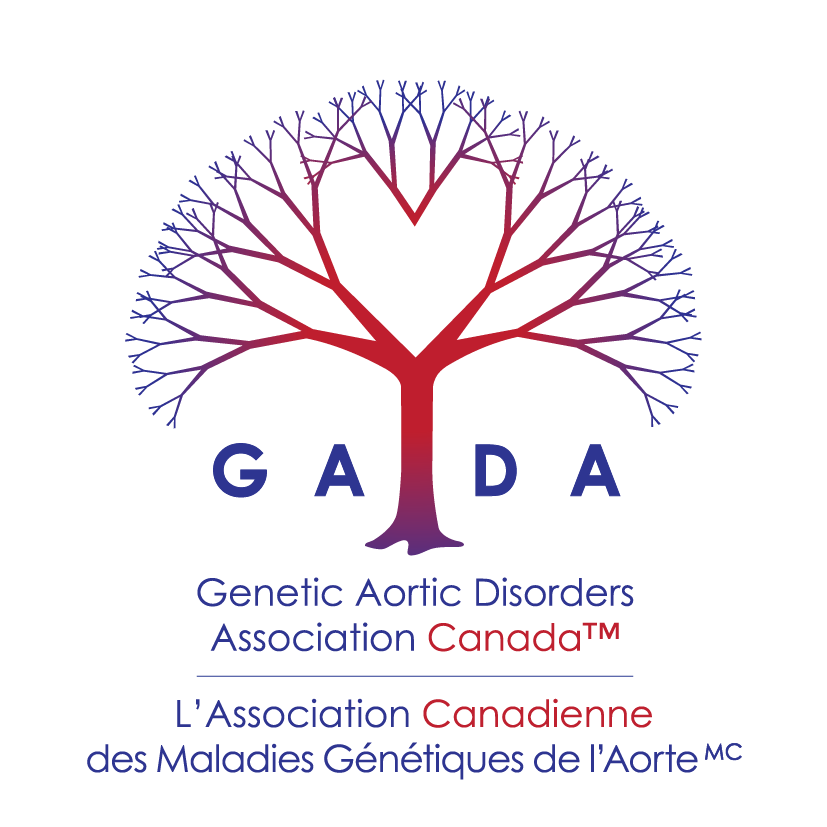2016 AWARD 1:
Mechanisms and therapeutic potential of microRNA regulation by fibrillin-1
$50,000 1-year grant
Funded by GADA Canada & TFF
January 2017 - December 2017
Dieter Reinhardt, PhD.
Professor, Canada Research Chair in Cell-Matrix Biology, McGill University, Montreal, QC
LAY SUMMARY:
Fibrillin-1 is a protein present in the connective tissue of many organs, including blood vessels and bone. Abnormalities in the fibrillin-1 gene cause various disorders which lead to severe and continuously developing clinical complications. Examples of this include various forms of Marfan syndrome, stiff skin syndrome, dominant Weill-Marchesani syndrome, acromicric and geleophysic dysplasias, familial tall stature, ectopia lentis, among others. It is estimated that about 1 in 3,000-5,000 individuals suffer from one of these disorders, resulting in high levels of physical and mental distress for patients and families, in addition to immense costs for the health care system. Marfan syndrome is the most frequent disorder in this group.
With the financial GADA support, we have found that the molecular interaction of fibrillin-1 with connective tissue cells controls a group of very important regulatory molecules, the so-called microRNAs. These are molecules within cells that determine which proteins are produced. We have now observed, when fibrillin-1 interacts with cells, some of these microRNAs are produced more and others less. This has consequences on how the cells function. It changes for example how certain growth factors are produced and become activated. One example is the growth factor TGF-beta, which is known to play a role in the development of the clinical problems in Marfan syndrome. Another example is the effector protein ERK1/2, which is also important for disease progression. We have identified in the first period of this project three microRNAs that can influence the activity of both, TGF-beta and ERK1/2. Together, these data identify fibrillin-1 as a regulator of miRNA expression relevant to Marfan syndrome disease mechanisms, and highlight the three identified microRNAs as promising candidates to further explore their therapeutic potential in experimental disease models. The new data also facilitated recently a larger grant application to the Canadian Institutes of Health Research.
Publication:
